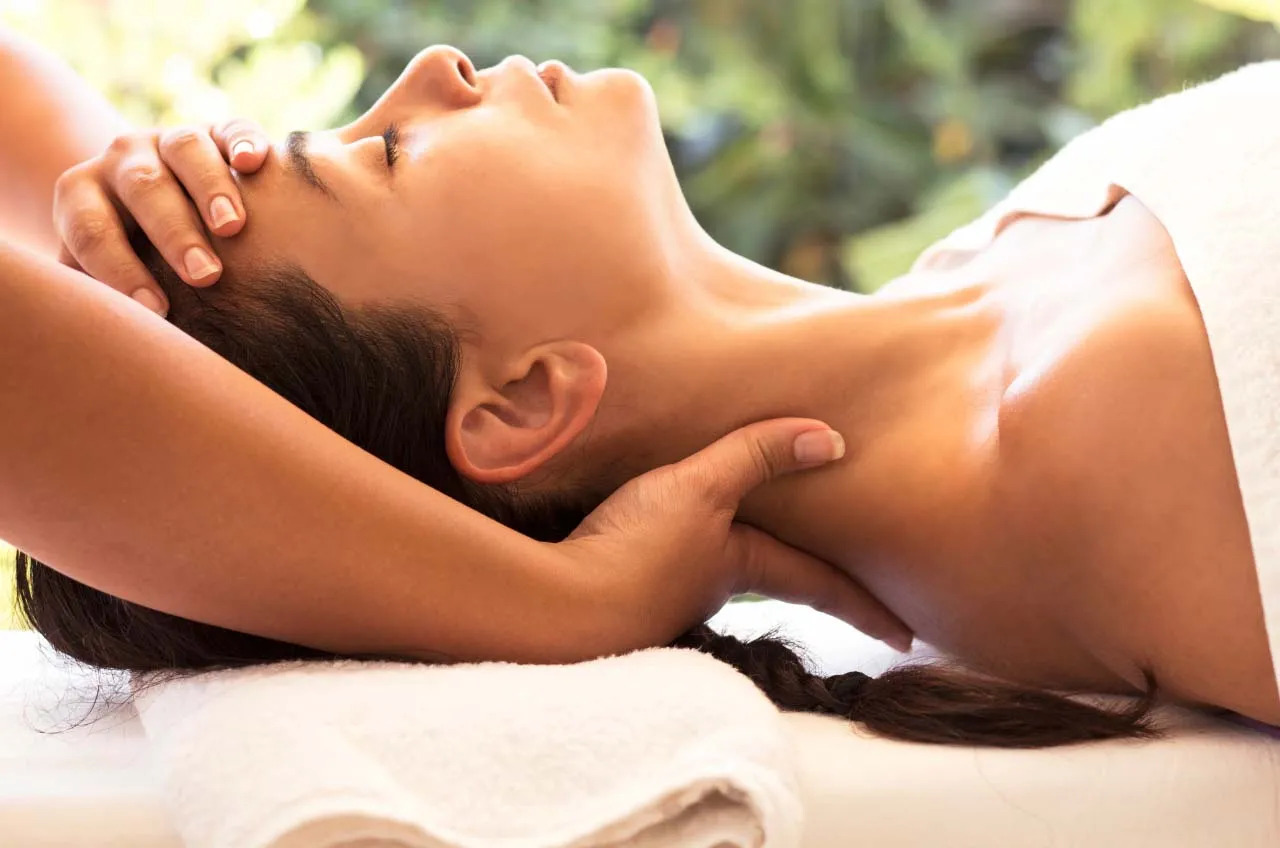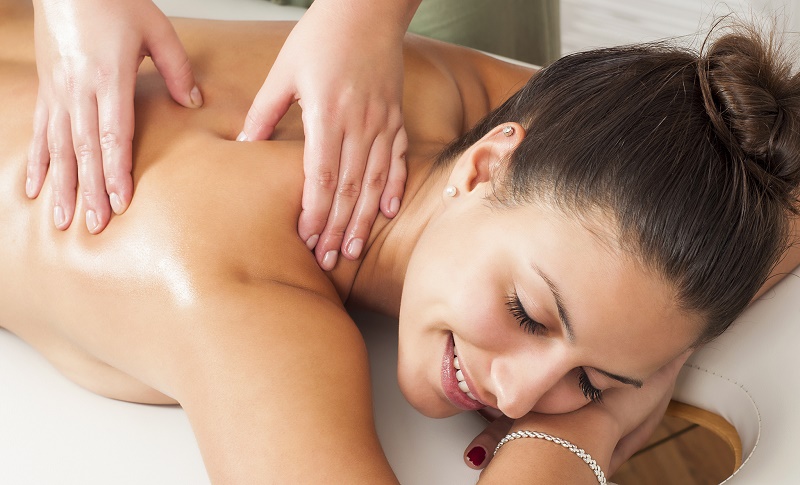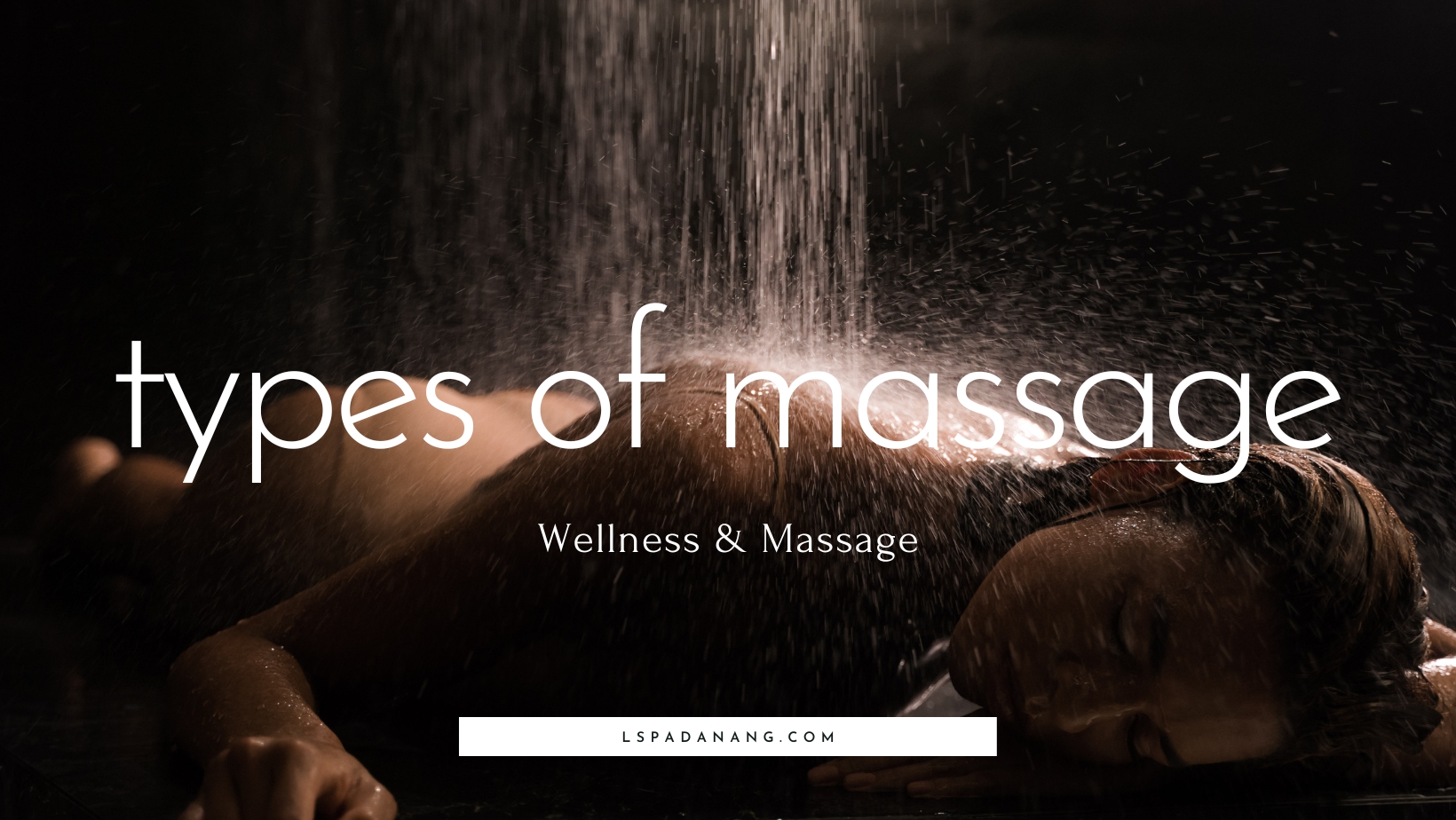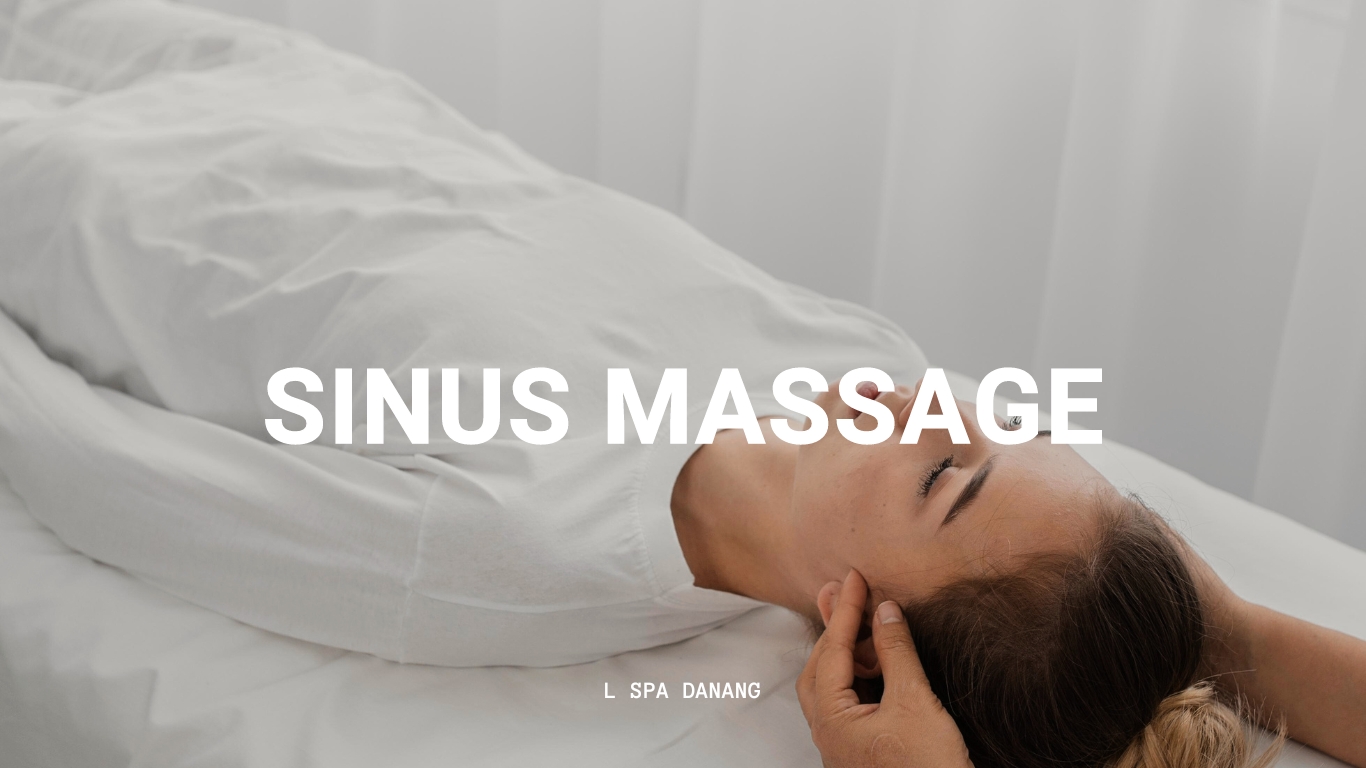Have you ever experienced neck pain or stiffness after a long day at work or a night of poor sleep? Neck discomfort is a common issue that can affect your daily activities and overall well-being. Fortunately, a neck massage can provide relief and relaxation, helping to alleviate tension and promote better health. In this article, we will explore the benefits of neck massage, various techniques to relieve pain and stiffness, and provide a step-by-step guide on how to give a neck massage. So, sit back, relax, and let’s dive into the world of neck massage!

1. What Is Neck Massage?
Neck massage focuses on the muscles around the neck and shoulders. Some of the muscles that work during a neck massage include the sternocleidomastoid, scalenus, and superior trapezius muscles. Neck massage aims to reduce stress, relieve headaches, and promote relaxation. Many techniques are used to achieve multiple benefits by increasing muscle temperature to help improve tissue elasticity and reduce muscle stiffness.
Neck massage is a therapeutic practice that involves the manipulation of soft tissues in the neck area to relieve muscle tension, improve blood circulation, and promote relaxation. It is a centuries-old technique that has been used in various cultures to alleviate neck pain and promote overall well-being.
2. Benefits of Neck Massage

Neck massage offers numerous benefits for both physical and mental health. Here are some key advantages:
a) Relieves Muscle Tension and Stiffness
One primary benefit of neck massage is its ability to relieve muscle tension and stiffness in the neck and shoulder area. The gentle kneading and manipulation of the muscles help to release knots and tightness, promoting better flexibility and range of motion.
b) Improves Blood Circulation
Massage stimulates blood flow to the massaged area, including the neck. Improved blood circulation ensures that oxygen and vital nutrients reach the muscles and tissues, promoting their health and healing.
c) Reduces Stress and Promotes Relaxation
Neck massage has a calming effect on the body and mind. It helps to reduce stress levels, alleviate anxiety, and promote a sense of relaxation and well-being. The soothing touch and rhythmic movements during a massage session can have a profound impact on your overall mood and mental well-being.
d) Alleviates Headaches and Migraines
Tension headaches and migraines often originate from muscle tension in the neck and shoulder area. By relieving this tension through massage, you can potentially reduce the frequency and severity of headache symptoms.
e) Enhances Posture
Poor posture can contribute to neck and shoulder pain. A regular neck massage can help correct postural imbalances by loosening tight muscles and improving alignment.
3. Neck Massage Techniques
Various massage techniques can be employed to target the neck area effectively. Here are some commonly used techniques:
a) Effleurage
Effleurage involves long, sweeping strokes with moderate pressure applied to the neck and surrounding areas. It helps warm up the muscles and prepare them for deeper massage techniques.
b) Petrissage
Petrissage involves kneading and squeezing the muscles gently. This technique helps to release tension and improve blood circulation in the neck area.
c) Acupressure
Acupressure is a specific massage technique that relieves pain, eliminates muscle tension, increases blood circulation, and promotes a state of deep relaxation. Acupressure can be effective in relieving headaches, and back pain, and helping manage conditions like fibromyalgia. Acupressure techniques also facilitate soft tissue healing to increase resilience. Massage therapists working at Physio.co.uk use acupressure effectively to treat a variety of muscle problems.
d) Stretching Exercises
Stretching exercises can complement massage techniques by further loosening the muscles and increasing flexibility. These exercises involve gentle stretches and rotations of the neck to relieve stiffness and improve the range of motion.
4. Step-by-Step Guide to Giving a Neck Massage

Now that you’re familiar with the benefits and techniques, let’s walk through a step-by-step guide on how to give a neck massage:
Step 1: Prepare the Environment
Create a comfortable and relaxing environment for the massage. Choose a quiet room, dim the lights, and play soft, soothing music. Ensure the recipient is comfortably positioned, sitting on a stool or a comfortable chair.
Step 2: Warm-up the Neck and Shoulders
Start by warming up the neck and shoulders with gentle strokes using your fingertips. Apply light pressure and make circular motions to relax the muscles.
Step 3: Apply Massage Techniques
Use a combination of effleurage, petrissage, and trigger point therapy techniques to massage the neck. Adjust the pressure according to the recipient’s comfort level, and focus on areas of tension and tightness.
Step 4: Pay Attention to Trigger Points
Identify any trigger points or knots in the neck muscles. Apply targeted pressure to these points to release tension and promote relaxation. Communicate with the recipient to ensure the pressure is comfortable and not causing any pain.
Step 5: Incorporate Stretching Exercises
Integrate gentle stretching exercises into the massage. Encourage the recipient to perform slow neck rotations, side-to-side movements, and gentle tilts to improve flexibility and relieve stiffness.
A neck massage can be a wonderful way to alleviate neck pain, reduce muscle tension, and promote relaxation. The benefits of regular neck massage extend beyond physical relief, as it can also improve mental well-being and reduce stress levels. By following the techniques and steps outlined in this article, you can confidently give a neck massage and help your loved ones find relief and comfort.
5. FAQ
How can I perform a self-neck massage at home?
To perform a self-neck massage at home, start by gently massaging the sides of your neck in circular motions using your fingertips. You can also apply light pressure on specific points and gradually increase the intensity as desired.
Are there any precautions to consider before getting a neck massage?
Yes, it is important to inform the massage therapist about any existing medical conditions or injuries in the neck area. If you have a recent neck injury or experience severe neck pain, it is recommended to consult a healthcare professional before getting a neck massage.
Can a neck massage help with headaches?
Yes, a neck massage can be beneficial for relieving headaches, especially if they are caused by tension or muscle tightness in the neck and shoulder area. Massage techniques that target the neck and upper back can help alleviate headache symptoms and promote relaxation.
This article is for informative reference and to explain the nuances of Neck Massage. Please note that L Spa does not provide this dedicated therapy; however, many of our therapies include focus on the neck and shoulders. To explore our available services, you may visit the L Spa Da Nang website.





